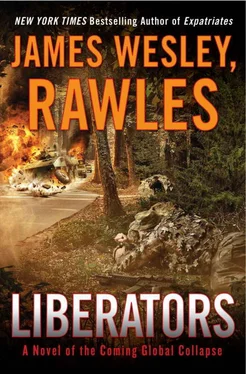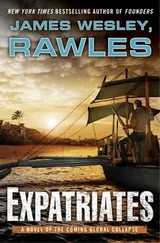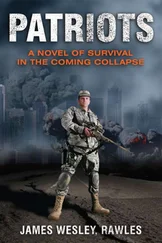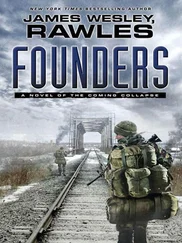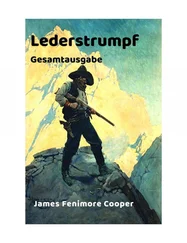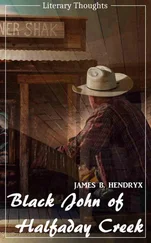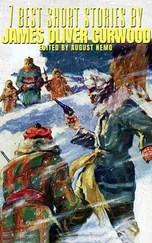Although news of it emerged slowly, there was a none-too-subtle long-term Francophone transition plan. Starting with the following academic year, all kindergartners would have 100 percent French instruction, and that mandate would advance one year, per year, so that after twelve years, all primary and high school students would gradually transition to French-only instruction. The obvious historical analogue to this mandatory language shift was in Alsace-Lorraine, where successive waves of invasion attempted to mandate public school instruction in German. In the case of western Canada, the shift in language would be more gradual.
• • •
Phil made a habit of saving recordings of shortwave broadcasts. To do this, he used an Olympus DS-50 compact digital recorder that he’d bought for his use as a DCS agent. But that had mainly sat unused in his glove box because of the SCIF rules on bringing in personal recording devices. Since the impedance of the radio’s headphone matched that of the recorders’ microphone input, all that he needed to make the recordings was a “male-to-male” ministereo plug cord.
To hook up the recorder to his shortwave, he used a Y headphone splitter and a “male-to-male” stereo miniplug cable. That way he could listen with his headphones and record at the same time.
• • •
In a meeting with his nascent resistance cell, Phil reported, “There’s a ham radio guy I’ve heard who is using no callsign, but from his procedure he is obviously a ham. I gather that he is a Canadian, but he is now a refugee somewhere in Montana. He’s displayed the cojones to repeatedly broadcast at twelve-point-something megahertz the planned deployments of UNPROFOR—their whole order of battle. If he and his OB documents are legit, then in western BC we’ll soon be facing two French units…”
He paused to turn to some handwritten notes in his binder, and then read aloud: “‘One brigade of Infanterie de Marine (IMa) from the Troisième Régiment d’Infanterie de Marine (Troisième RIMa) and a helicopter detachment of Aviation Légère de l’Armée de Terre, or ALAT.’ Literally, that can be translated ‘Light Aviation of the Land Army.’”
He closed the binder and continued, “On my laptop, I did some checking using my Wikipedia archive CD and I read that the Troisième RIMa has most recently been garrisoned in Vannes, a small city in western France. But the IMa’s main responsibility for many decades has been policing brushfire wars in their former colonies, so these aren’t just rear-echelon troops. Many of the NCOs in these units have probably seen combat in Afghanistan—with Task Force Korrigan—and in Mali fighting the Tuaregs. So these guys won’t be pushovers. Not on a par with the U.S. Marines, but still Marines. Tough guys. The ALAT troops are more technical, but they can rain down death from the air. They use Gazelle, Puma, and Eurocopter Tiger ground attack helicopters. I’m not sure which model that they plan to base in western Canada, but because of their great mobility and firepower, any of them will be significant threats.
“Supporting UNPROFOR will be some quisling elements of the RCMP. These guys will be loyal to Ménard. So they’ve got their own Maynard to idolize. How ironically coincidental.
“I should also mention that we’ll be in a different situation than the resistance down in the States. They’re doing their fighting in the midst of a grid-down collapse. But here, the hydro grids are up—although the economy is still a shambles—which will cause some peculiarities. For example, the UN garrison and motor pools will all be lit up with security vapor lights.”
Alan interrupted, “We have to be careful about directing any fire on RCMP cars, because these are local cops, and we don’t want the local populace turning against us. So I think that we should concentrate on sabotaging the RCMP’s vehicles and radio towers. If we keep them immobile and incommunicado, then they won’t be much of a theat. But if we start picking off Mounties, then we’ll turn their relatives into UN loyalists.”
The land units of the Canadian army—including reserve units—had all been disarmed and disbanded a year before, when UNPROFOR declared them “unreliable.” Nearly all of their vehicles and weapons ended up in the hands of UNPROFOR—although two Princess Patricia’s Canadian Light Infantry (PPCLI) and Lord Strathcona’s Horse (LdSH) armories suffered “mysterious thefts” of nearly all of their small arms in the days just before the announced armory takeovers.
• • •
The French UNPROFOR troops were fiends for planting land mines in large quantity, and making intricate maps of where they had been planted, complete with GPS coordinates. But the region was so lightly populated that the majority of the inflicted casualties were on deer, and the main beneficiaries were bald eagles, ravens, and other scavengers.
Their favorite method was to use a land mine–planting machine to bury mines alongside roads. The placement of these mines was so regular (usually with mines spaced exactly four meters apart) and so obvious that the resistance soon learned how to dig them up and defuse them.
The resistance quickly learned—the hard way—to check for stacked mines, where a pressure-release mine was buried beneath a standard mine, to act as an antihandling device.
A resistance cottage industry was quickly established using a sheet metal brake and tin snips to make disarming clips for the mines. Disarming pins were usually just wire from paper clips. Hundreds of the plastic-bodied mines, of four different types (three antipersonnel and one antivehicular), were collected. Many of these were disassembled and their explosive charges and detonators were repurposed into homemade Claymore mines and various types of IEDs.
Believe in your cause. The stronger your belief, the stronger your motivation and perseverance will be. You must know it in your heart that it is a worthwhile cause and that you are fighting the good fight. Whether it is the need to contribute or the belief in a greater good, for your buddy, for the team or for your country, find a reason that keeps your fire burning. You will need this fire when the times get tough. It will help you through when you are physically exhausted and mentally broken and you can only see far enough to take the next step.
—MSG Paul R. Howe, U.S. Army Retired, from
Leadership and Training for the Fight: A Few Thoughts on Leadership and Training from a Former Special Operations Soldier
Whistler, British Columbia—Three Years Before the Crunch
The men had met by chance at the annual Ironman triathlon competition in Whistler, British Columbia. Their meeting had been precipitated by the mere sight of a red-and-white diver’s flag sticker on the back of one of their bicycle helmets. Two of the men were from Vancouver, and two were from nearby Coquitlam. All four men were triathletes in their late twenties, and all four were recreational scuba divers. At the tail end of a thirty-minute session of swapping diving stories, they exchanged e-mail addresses and agreed to meet in a few weeks to dive “The Wall” at Ansell Point, near West Vancouver.
When they met for the dive, they learned of even more coincidences in their lives: All four men were conservatives and members of Methodist churches. Eventually, as the French invasion swept through Alberta, they formed a resistance cell that was part of the informal Nous sommes la résistance (NLR) umbrella organization.
Читать дальше
